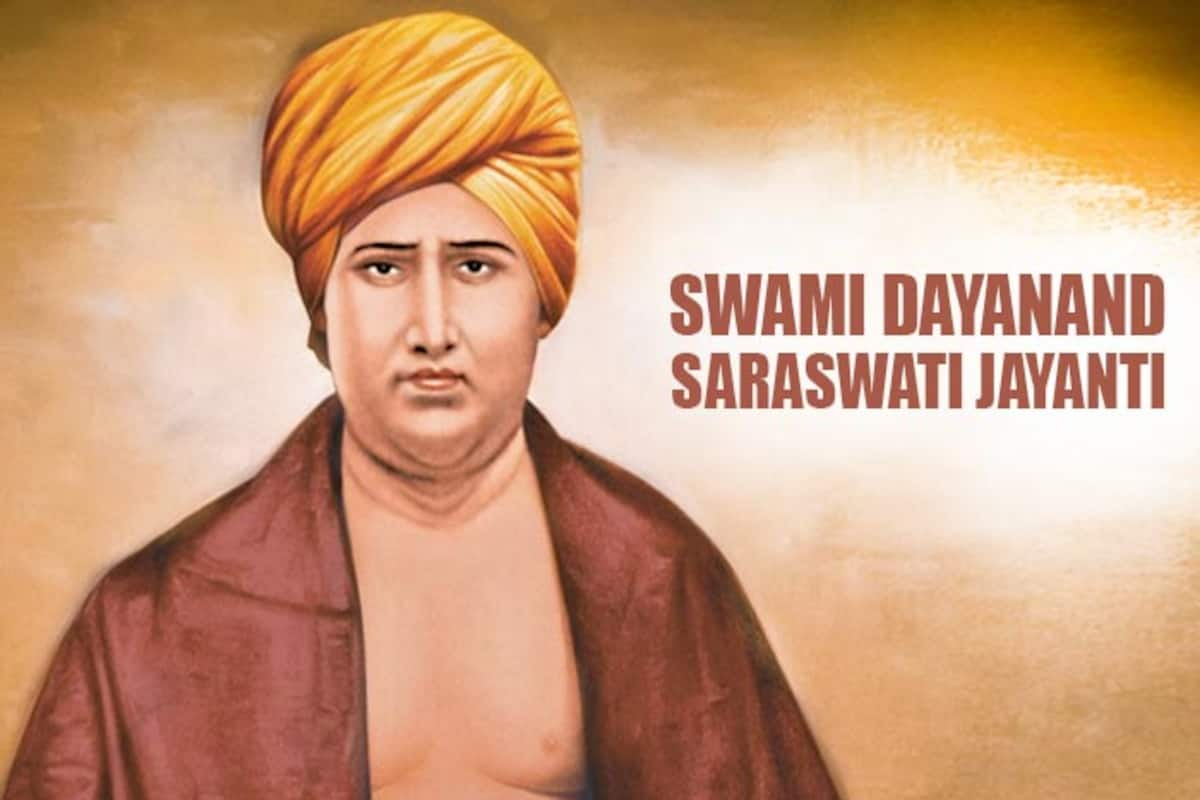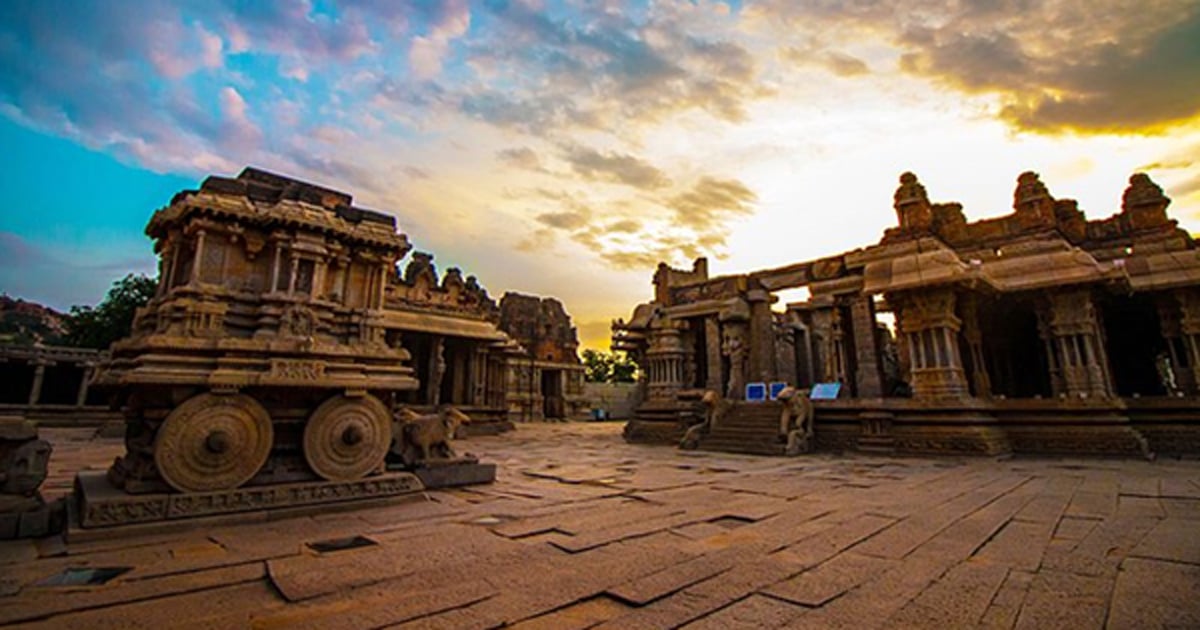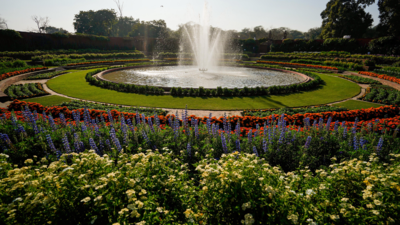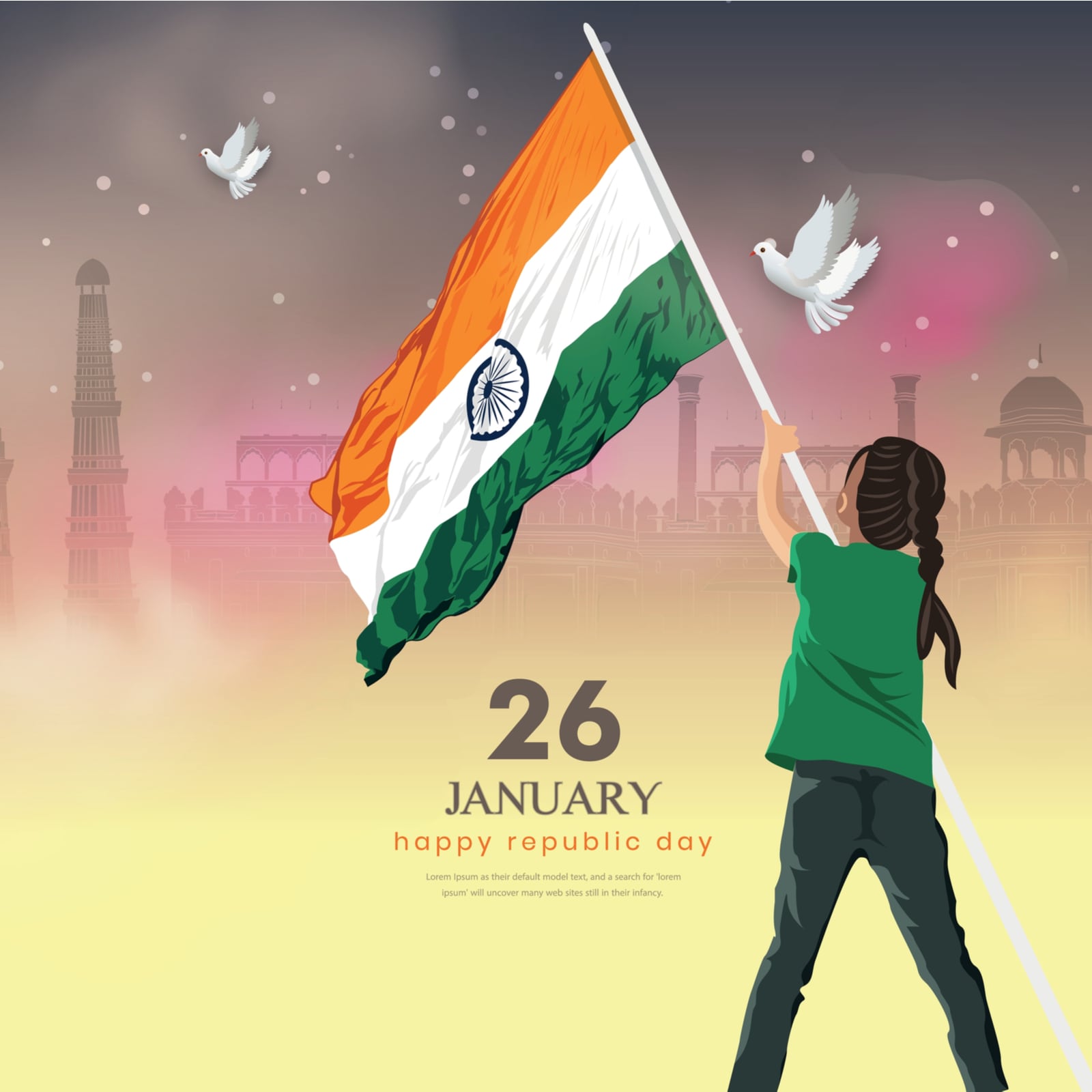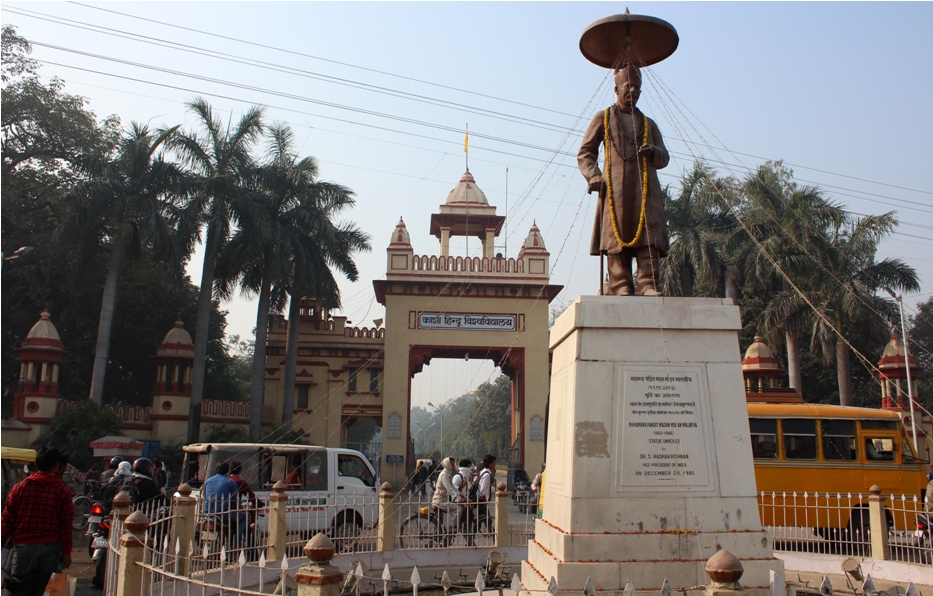The Tamil Nadu State Department of Archaeology has been excavating the Keeladi archaeological site since 2014. Recent excavations have pushed the Sangam age back even further.
About Keeladi
- Keeladi is a small hamlet in Tamil Nadu’s Sivaganga district
- It is located along the Vaigai River, about 12 kilometres south-east of Madurai’s temple city.
- Excavations from 2015 show that an urban civilisation existed on the banks of the Vaigai River in Tamil Nadu during the Sangam period.
How is Keeladi related to the Sangam age?
- The Sangam period is thought to have lasted from the third century BCE to the third century CE in ancient Tamil Nadu.
- The name is derived from the renowned Madurai Sangam poets of the time.
Recent discoveries
- A TNSDA report published in 2019 dated the unearthed artefacts from Keeladi to the sixth to first centuries BCE.
- Some samples sent to the United States for carbon dating were found to date back to 580 BCE.
- The findings put Keeladi artefacts around 300 years earlier than previously thought, in the third century BCE.
The importance of the findings
- Older than appears: Based on these archaeological findings, the Sangam age has been pushed back to 800 BCE at Keeladi.
- Literary evidences: Keeladi, as well as other Tamil Nadu sites with over a thousand inscribed potsherds, clearly demonstrate the script’s long survival.
- Significant evidence for the Sangam Age: It appears to be an industrious and advanced civilisation, with evidence of urban life and settlements in TN during the Early Historic Period.
- Another significant civilisation: The discovery of Keeladi artefacts has led academics to classify the site as part of the Vaigai Valley Civilisation. It has all the hallmarks of an urban civilisation, including brick structures, luxury items, and evidence of internal and external trade.
- Filling cultural gaps: This could provide critical evidence for understanding the missing links between the Iron Age (12th century BCE to sixth century BCE) and the Early Historic Period (sixth century BCE to fourth century BCE) and subsequent cultural developments.
Connections to the Indus Valley
- The findings have prompted comparisons to the Indus Valley Civilisation, despite the 1,000-year cultural gap between the two places.
- Until now, the gap has been filled by Iron Age material from south India, which serves as a residual link.
- However, some of the symbols discovered in Keeladi pot sherds resemble Indus Valley signs.
What has been discovered thus far?
- Pottery: The discovery of heaps of pottery suggests the existence of a pottery manufacturing industry, most of which is made from locally available raw materials.
- Inscriptions: More than 120 potsherds with Tamil Brahmi inscriptions have been discovered.
- Jewellery: A dyeing industry and a glass bead industry also existed. Gold ornaments, copper articles, semi-precious stones, shell bangles, ivory bangles, and ivory combs reflect the Keeladi people’s artistic, culturally rich, and prosperous lifestyle.
- Semiprecious stone import: Agate and carnelian beads indicate commercial import, while terracotta and ivory dice, gamesmen, and evidence of hopscotch have been discovered, revealing their pastime hobbies.
The excavation has recently become politicised.
- Since its discovery, the Keeladi site has been embroiled in controversies involving several Dravidian and Left ideologues.
- They argue that the archaeological discoveries prove the Indus Valley Civilisation was a “Dravidian” culture and an independent “secular” Tamil civilisation.
- The attempt to define the finds in narrow and racial terms is ideologically motivated in two ways: one, to incite Tamil exclusivism, and two, to challenge the view that sees India as one—unity in diversity.
Source: https://www.thehindu.com/news/national/tamil-nadu/explained-the-significance-of-the-findings-in-keeladi/article66541961.ece


